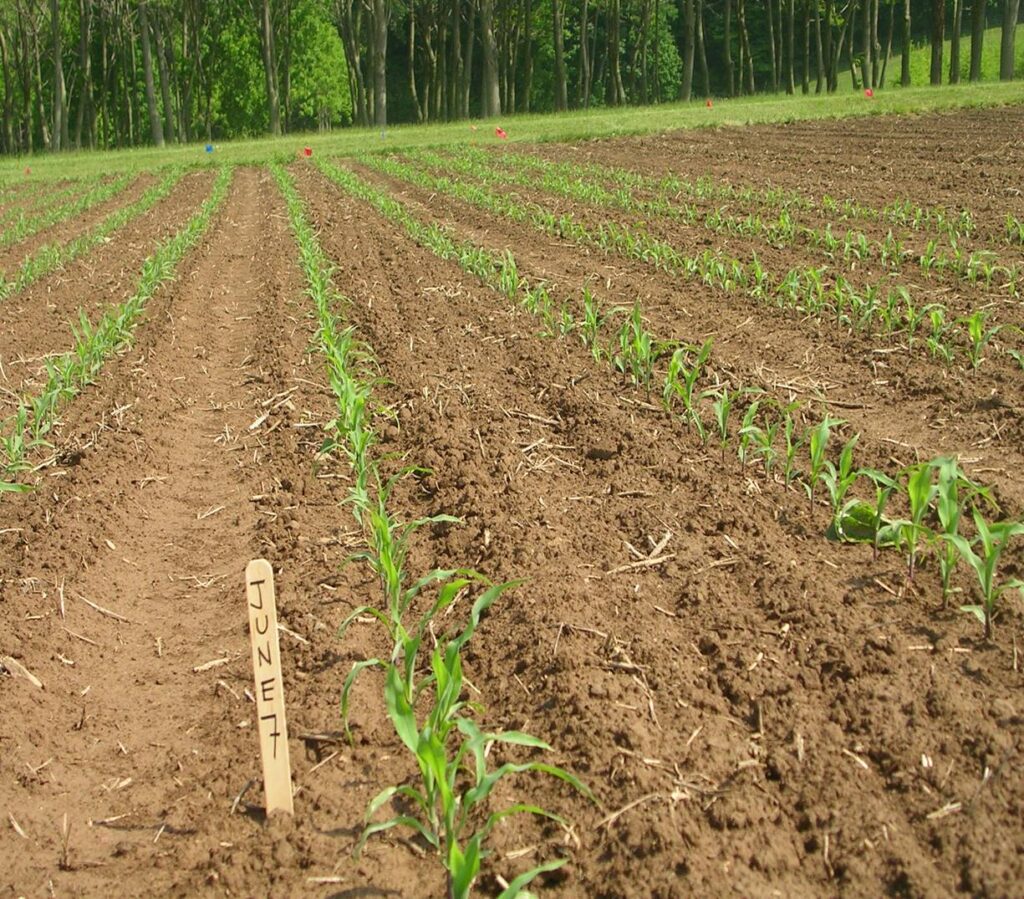Main Content

Penn State’s Black Cutworm Monitoring Network has detected “significant flights” of moths in Lancaster County and Lebanon County. Other areas of Penn State’s monitoring network have encountered few moths. This should serve as a reminder to watch corn fields. It is a sporadic pest because it is primarily migratory with few individuals surviving the winter in northern states. The annual migration tends to be heaviest in April and May. Generally, three generations per year are encountered in our area. Cutting damage from larvae generally occurs about 300-degree days from encountering moths. With the recent reports it is good practice to observe fields to see if you see damage from young caterpillars, which appears as lines of small holes. This damage is a good indicator of future cutting activity. One larva has the potential to cut 5 plants. Loss of plants in infested fields can vary from 10 to 80 percent. Seldom are fields completely lost to cutworm. Severe damage can occur across portions of field. Extension research has shown scouting for cut plants and application of rescue treatments (if necessary) is the most effective and economical way to control black cutworm populations. Thresholds vary by the stage of the plant and can range from 2 to 7 cut plants per 100 feet of row.